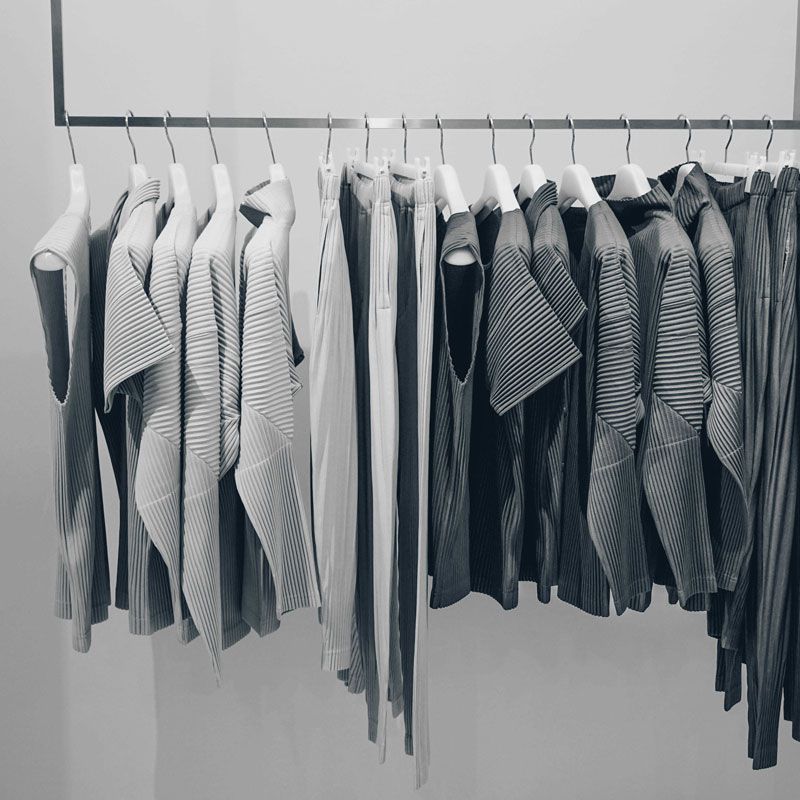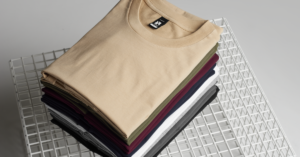3D printing is the latest technological phenomenon triggering a storm in the media. And soon the fashion industry could start deploying it, with the runway providing the perfect testing ground. It’s enough to trigger utopian visions of seeing an appealing outfit on TV, proceeding to calibrate the settings on the printer and hitting the ‘Start’ butting before ending up with a near-perfect facsimile of the garment in your hands. This is perhaps excessively idealistic, and a speedy and convenient approach that can be imported into everyone’s home is a long way off, but the future is looking promising for the nascent technology. What is most exciting, however, is the potential to disrupt and democratise the entire industry. Start-up clothing companies producing printed clothing could be entirely vertically integrated despite being confined to a basement. This is a revolutionary prospect.
One of the main draws of 3D printing is its ability to cut down on waste. Current 3D printing software and hardware is able to tailor-make clothes to exact measurements and requirements while drastically minimising the amount of waste products released. In contrast, the current fashion industry possesses a sinister reputation as a deadly perpetrator of environmental infractions. For example, production of the synthetic fabric polyester requires large amounts of crude oil and releases harmful emissions known to aggravate and provoke respiratory disease. Equally, the cultivation of natural fabrics is not exempt from issues. In the USA, the largest cotton producer in the world, a quarter of the pesticides used as a result of this industry. Clearly, an eco-friendly alternative to fashion industry production pockmarked be inefficiency and squander is crucial.
Presently, there are serious practicality issues, though. The time expense, which makes getting your MOT done seem like an absolute breeze, is one such issue. One designer pioneering use of the technology, Danit Peleg, recalled that it took her 300 hours to make a dress last year, although lately, she had managed to reduce it down to 100 hours. For the everyman merely interested in dabbling in 3D printing their own clothes, this still poses an insurmountable challenge. But the results from a runway point of view have been quirky and eye-popping. The latest designs have come in the form of layered, latticed designs derived from thermoplastic elastomer with a polyurethane base. In a nutshell, they tend to have the texture of rubber with more flexibility and comfort than previous models which possessed a rigid almost armour like quality. The 3D printing development has enabled the kind of extravagant and left-field geometrical designs which could previously only be constructed in the digital graphics realm. Now they are being planted firmly into the real world and haute couture.
The availability of 3D printing from the comfort of your own living room or workroom seems like an innovation that dovetails perfectly into our interconnected, always-on society. It raises the opportunity for friends and coworkers to send each other 3D printing designs via email, which would be an exciting turn of events. What’s more, it adds another dimension to fashion as a creative medium. One of the main issues is that these artificial, surrogate fabrics are a long way behind the versatility and accessibility of cotton and lycra, which means the latter will likely remain standard fare in the printed clothing industry for the foreseeable future. Instead, it is more probable that we will see a gradual roll-out of 3D printing in an evolutionary piecemeal fashion. This would entail the manufacturing of more rigid fashion products such as shoes, jewellery, sunglasses and hardware before progressing to more traditional garments. Similarly, we may well witness a process hybridisation whereby 3D printed garments are coupled with traditional printed clothes. It’s all a little up in the air at the moment and only time will tell what 3D printing’s role in the fashion industry will end up being.
In the meantime, for all your printed clothing needs, Garment Printing are here to lend a helping hand. We offer a range of printing techniques that includes screen printing, direct to garment printing, sublimation printing, embroidery and CAD cut vinyl printing. And because all of those are probably just meaningless industry jargon to you, our incredibly supportive sales team is there to guide you through every step of the way to help you pick the best technique for your garment printing needs.





